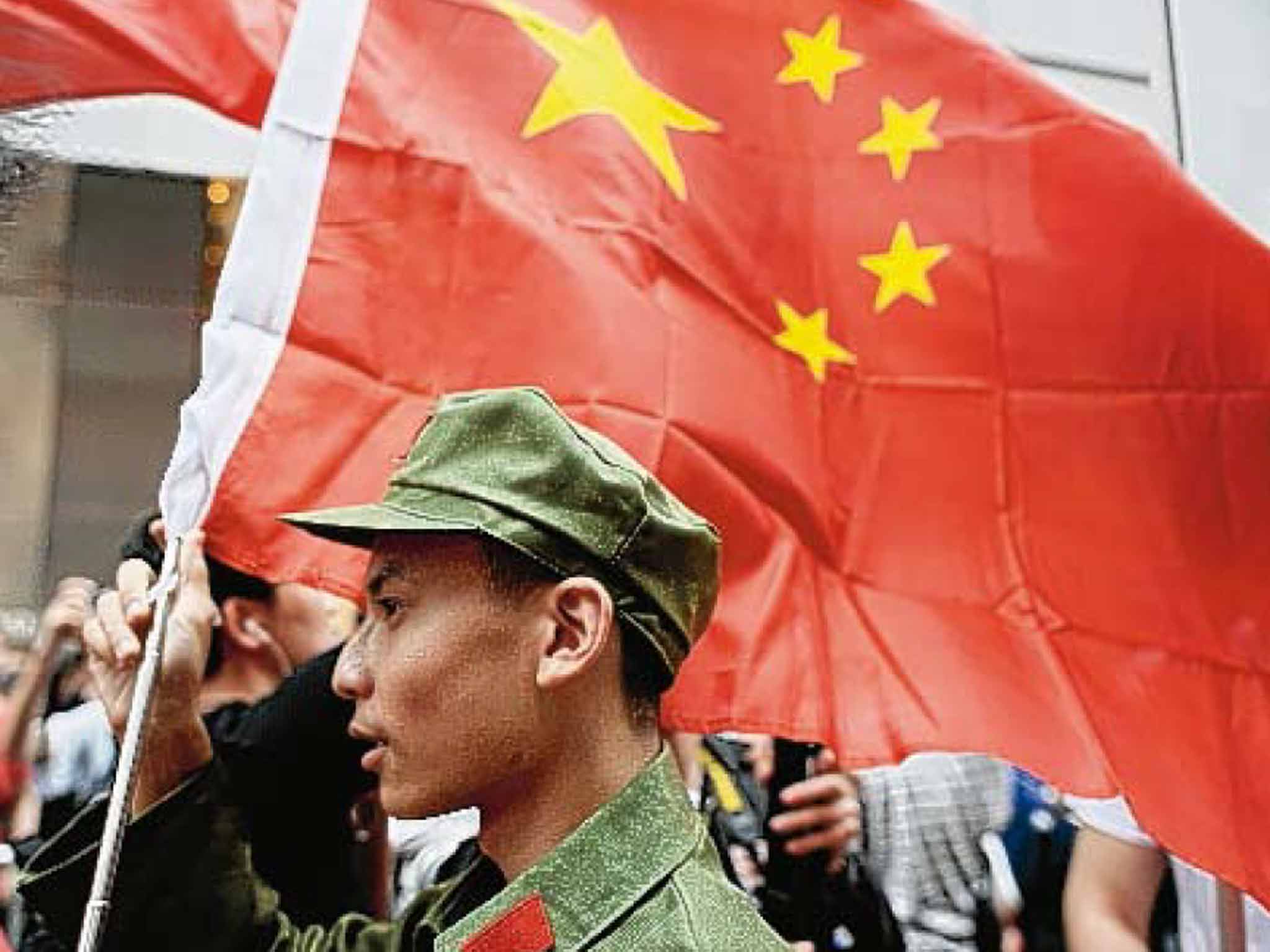Rhodri Marsden's Interesting Objects: The Chinese Flag
Number 29

Sixty-five years ago today, a meeting of the Chinese People's Political Consultative Conference (CPPCC) approved the design of the Chinese national flag. Seamstress Zhao Wenrei spent the next few days knocking one up, and on 1 October, 1949 it was flown for the first time.
Back on 15 July, in the aftermath of Mao's victory in the civil war, a 200-word circular from the CPPCC was published in the People's Daily calling for design submissions. The previous 40 years had seen three Chinese flags come and go: the dragon of the Qing dynasty, the five-striped flag of the Republic of China, followed in 1928 by the 'red earth, blue sky, white sun' flag that's now used in Taiwan. But Mao sought a new, "bright red" flag that symbolised the new People's Republic.
From 2,992 entries, a shortlist of 38 was whittled, including designs from poet Ai Qing and Chinese general Zhu De; these were considered at a meeting at the Beijing Hotel. The most votes went to design number 32, designed by Shanghai resident Zeng Liansong, featuring a large star with a hammer and sickle inside it, representing the party and four smaller stars representing the Chinese people.
Not everyone at the meeting loved Liansong's design; some preferred flags that incorporated a stripe to symbolise the Yellow River, while others questioned the inclusion of a hammer and sickle. But when these were removed, the flag was approved by Mao. And that was that.
Liansong, on seeing the flag, didn't believe that he'd won the competition, as his hammer and sickle were absent. But shortly afterwards he received a letter of congratulations from the CPPCC along with a five million yuan reward. Liansong returned to work at the Shanghai Waste Recycling Company; he died in 1999 at the age of 82.
@rhodri
Join our commenting forum
Join thought-provoking conversations, follow other Independent readers and see their replies
Comments